Financing Solutions for Sustainable Development
At the NYU Schack Institute of Real Estate's Conference on Sustainable Real Estate, executives examined the forces impacting sustainability financing, the efforts being made to scale green building efforts and the challenges ahead.
By Samantha Goldberg

NYU Schack Associate Dean Sam Chandan speaks with Chrissa Pagitsas of Fannie Mae at the NYU Schack 7th Annual Conference on Sustainable Real Estate
The pursuit of energy efficiency investments can be a complex one, but “following the dollars” can be an effective way to understand the nuances of sustainable building. This was the theme of the day at the NYU School of Professional Studies Schack Institute of Real Estate 7th Annual Conference on Sustainable Real Estate, as panelists explored the process of obtaining green financing from loan origination to capital investment.
The conference kicked off with a view from where it all begins: the agencies that create green loan products. NYU Schack Associate Dean Sam Chandan had a one-on-one session with Chrissa Pagitsas, director of Fannie Mae’s multifamily green financing business, which issued $28 billion in green bonds in 2017. She noted that while multifamily is a small part of Fannie Mae’s portfolio—the agency works with 25 multifamily lenders—it’s a significant one, especially as part of the agency’s goal to increase the energy efficiency and sustainability of the nation’s apartment stock.
“When we talk about green financing, we need to design a mortgage loan product that our lenders can use, that borrowers want,” Pagitsas noted, adding that the challenge is incorporating energy efficiency, water efficiency and other aspects of green financing into the standard mortgage process.
To tackle this challenge, Fannie Mae has focused on four Ps: Product, Process, Protocols and People.
“You really have to understand what motivates those people to even bother going through a green product, a green audit and a green mortgage. Those are very critical,” she proclaimed.
What motivates multifamily owners to pursue green investments varies greatly, she added. While some investors might already be focused on sustainability initiatives, others might solely “go green” to take advantage of the incentives Fannie Mae’s green loans offer, like a lower interest rate and higher loan proceeds.
“We have to recognize that going green isn’t everybody’s goal, but having a better-performing property is everybody’s goal,” she noted. “So how do we motivate these people to invest in energy efficiency without it being more work?”
Fannie Mae’s green loan offerings have evolved since it launched its first product in 2011 and closed its first green loan for $19 million in 2012. After a lot of trial and error, as well as partnering with organizations like the New York City Energy Efficiency Corp. (NYCEEC), Fannie Mae is now the largest issuer of green bonds globally, with three loan products. Its latest product, Green Rewards, was launched in 2015, and is largely responsible for Fannie Mae’s volume growth, Pagitsas noted.
“We figured out the products, we figured out the partnerships and we figured out the protocols that would really make this work for the standard mortgage market,” she added.
Opportunities for Green Building

Session Two, left to right: Carolyn Kissane, NYU SPS; Brendan Coleman, Walker & Dunlop; Vincent Toye, Wells Fargo Multifamily Capital; Fred Lee, NYCEEC; Ivan Frishberg, Amalgamated Bank; and Bruce Schlein, Citigroup
Contrary to what many might think, the markets with the highest number of green loans are Dallas, Atlanta and Washington, D.C., Pagitsas said. She added that while “green” is often thought of as the Class A, high-end buildings in gateway cities, that’s only a tiny percent of the housing stock in the U.S. It’s actually garden-style, 1970s-era apartments that offer the greatest opportunities.
Pagitsas and other panelists throughout the day noted that a key way to convince owners to pursue green upgrades is to show how they impact the triple bottom line. At Fannie Mae, loans done through 2017 are projected to save annually $53 million in energy and water expenses; on a per-property basis, that’s $49,000 annually. On the resident side, families are expected to save $131 annually on their utility bills.
With these figures in mind, Pagitsas said the next challenge will be to grow the market for green financing. She expects interest in Fannie Mae’s green program to continue, and that there will be a need for more products, including those around solar and Passive House.
To tackle this challenge, it will be up to multifamily lenders to do the majority of the legwork to convince borrowers to consider green financing, Pagitsas said. On the second panel of the day, execs from Walker & Dunlop, Amalgamated Bank, Citigroup and Wells Fargo discussed their strategies.
As the No.1 Fannie Mae lender, Walker & Dunlop focuses on demonstrating to borrowers that they can not only get more loan proceeds but also raise the value of their properties by pursuing energy-efficient upgrades, said panelist Brendan Coleman, managing director of the firm’s debt and structured finance group. He added that the firm is motivated to sell green loans in particular because there’s no cap on production like there is with traditional mortgages.
Fellow panelist Vincent Toye, managing director & head of production at Wells Fargo Multifamily Capital, agreed, adding that it’s about understanding clients’ “pain points” and explaining how energy-efficient upgrades will improve their bottom line.
He did note, however, that challenges to scaling green financing remain. In cities like New York, retrofitting older properties is more expensive than in other markets and may not fit into the Fannie Mae or Freddie Mac green financing programs.
On a larger scale, panelist Ivan Frishberg, first vice president of sustainability banking at Amalgamated Bank, said the biggest challenge is time.
“We’re sort of losing the race against the clock from a climate perspective,” he proclaimed, adding that while the Paris Climate Agreement calls for a reduction in greenhouse gas emissions, levels have remained largely flat.
The solution to reducing emissions will have to come from existing buildings, Toye said. Buildings developed today tend to be greener and more efficient because building codes have gotten stricter and technology has improved, so it’s largely the properties built decades ago that will need to be upgraded.
“Until we figure out a way to solve the existing stock, the older stock, it’s going to be really hard to reduce (emissions),” he concluded.
Deploying Capital
Property owners, both private and public, later discussed their financing strategies for making energy efficiency upgrades. In addition to accessing green loans through Fannie Mae and Freddie Mac, PACE is emerging as an increasingly popular financing vehicle among property owners.

Session Three, left to right: Stuart Brodsky, NYU Schack; Bomee Jung, NYCHA; David Gabrielson, PACENation; Richard Yancey, Building Energy Exchange; and Timon Malloy, Fred F. French Investing Co.
On a later panel, David Gabrielson, executive director of nonprofit PACENation, discussed the various advantages the financing provides to owners and tenants. Property owners like that the financing can be long-term and is more easily shared with residents as a tax assessment, which can solve the split incentive problem, he noted.
Fellow panelist Timon Malloy, president of real estate investment management company Fred F. French Investing Co., discussed a recent green renovation project his firm completed that used a $1 million CPACE loan. The firm transformed a 1970s-era office building in Westport, Conn., completely replacing the building envelope and installing new mechanical systems, insulation and solar panels.
Gabrielson noted that it will take time for PACE to gain ground in the industry, especially as many large real estate companies finance their transactions in cash and hold properties for the short term.
“Like with anything new to the industry, it will take time to raise awareness that this is a viable financing option. It’s been a slow ramping up,” he said.
As far as the actual upgrades being made, the size and type of owners’ portfolios makes all the difference.
For private asset manager Invesco Real Estate, making sustainability upgrades is largely “financial driven,” meaning that any improvements must increase returns or cost savings, noted Lesley Lisser, the Northeast regional head of the firm’s national multifamily platform. Owners can justify charging more rent by showing residents or tenants how their energy costs will be lower.
She added that younger generations’ preference for green and sustainable features means they are likely to come at a premium, incentivizing developers and owners to go green.
The New York City Housing Authority (NYCHA), which owns some 176,000 apartments, is using its scale to help promote green upgrades. Bomee Jung, NYCHA’s vice president of energy and sustainability, noted that a major barrier for developers to installing solar panels is a lack of space, so NYCHA offers community solar programs allowing solar developers to lease its roof space. The revenue from the panels goes back into the development to help pay for other expenses. Jung added that since many of NYCHA’s properties are century-old buildings, the upgrades it can pursue are largely limited to “low-hanging fruit” like switching to LED lights or improving HVAC controls. But she noted that these upgrades still benefit owners and residents by lowering energy costs.
National nonprofit owner and developer The NHP Foundation is pursuing similar green upgrades. Since its portfolio is largely affordable housing, the organization focuses on reducing energy costs since there is often a cap on raising rents.

Session Four, left to right; Cherie Santos-Wuest, Celadon Venture Advisors; Lesley Lisser, Invesco Real Estate; Nicholas Stolatis, EPN Real Estate Services; and Stephen Green, The NHP Foundation
“Reducing energy costs saves money and drives more returns,” noted panelist Steve Green, NHP’s COO & CIO. He added that because nearly all of the firm’s transactions rely on some allocation of LIHTC or other government subsidies, there are certain energy efficiency requirements the firm has to meet to receive the funding.
“In the public sector, the government world is driving this energy efficiency and reduced energy costs,” he added. “It causes us to stretch to meet those energy requirements in a renovation project that we’re doing.”
To measure how these capital investments are impacting their portfolios’ operations, panelist Nick Stolatis, former senior director of global sustainability and enterprise initiatives at TIAA, noted that benchmarking technology is the “basic building block. … You can’t manage what you can’t measure.”
Lisser added that training employees on how to collect and analyze the data collected from the benchmarking technology is crucial in order to effectively use the data.
Educating residents about energy conservation and the impact on the property is also critical, Green noted. “It is nice to see where this energy policy started way back in the ’70s to where we are today in 2018,” he concluded. “It is encouraging to see how it’s progressed over the last 40 years to be part of the everyday conversation.”

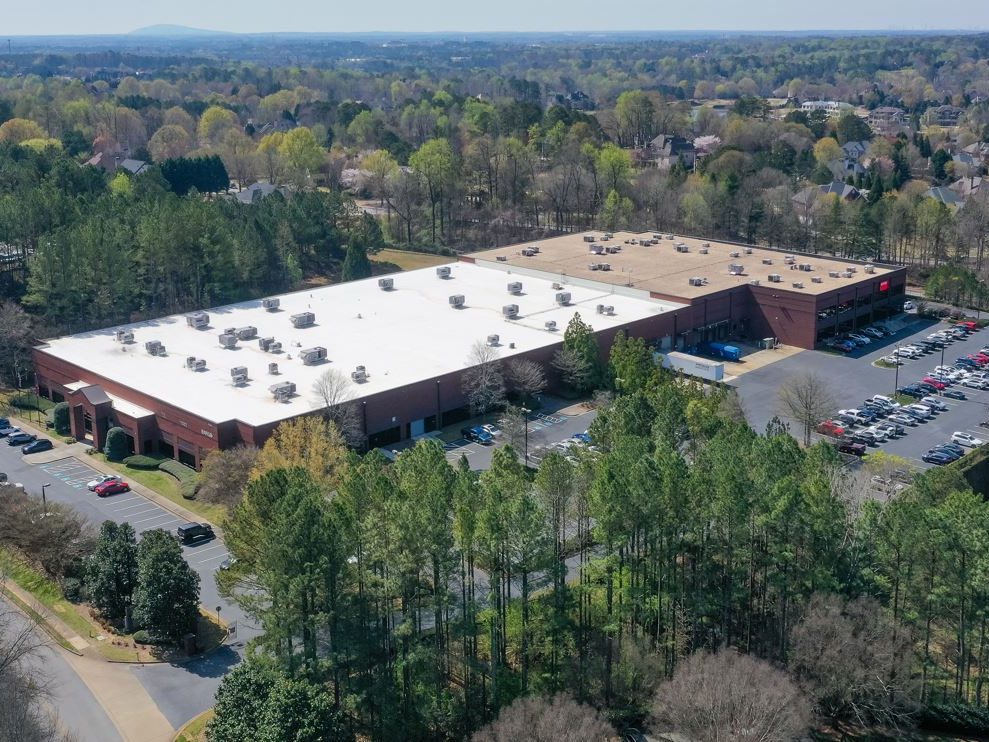
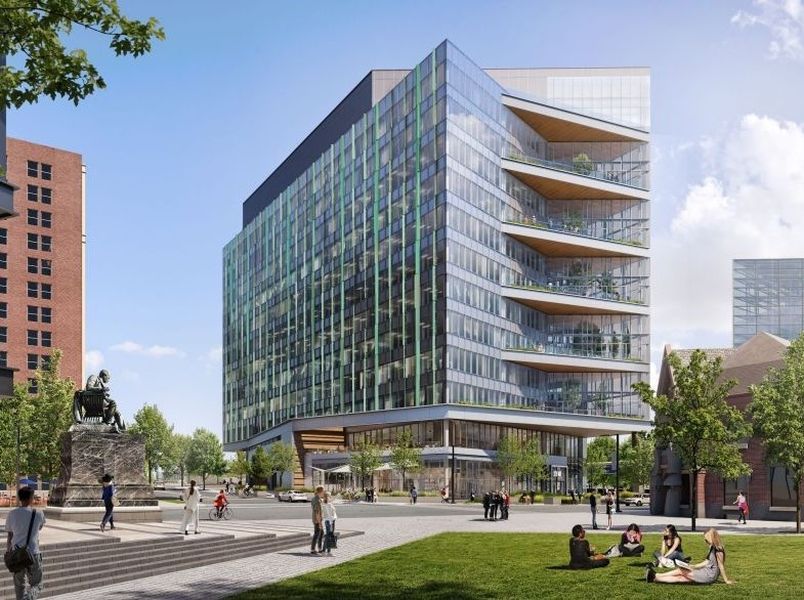
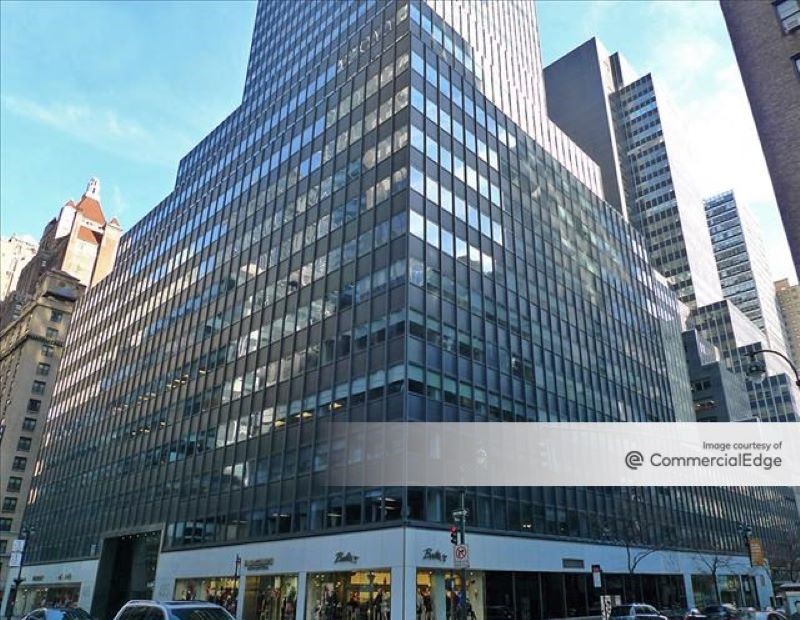
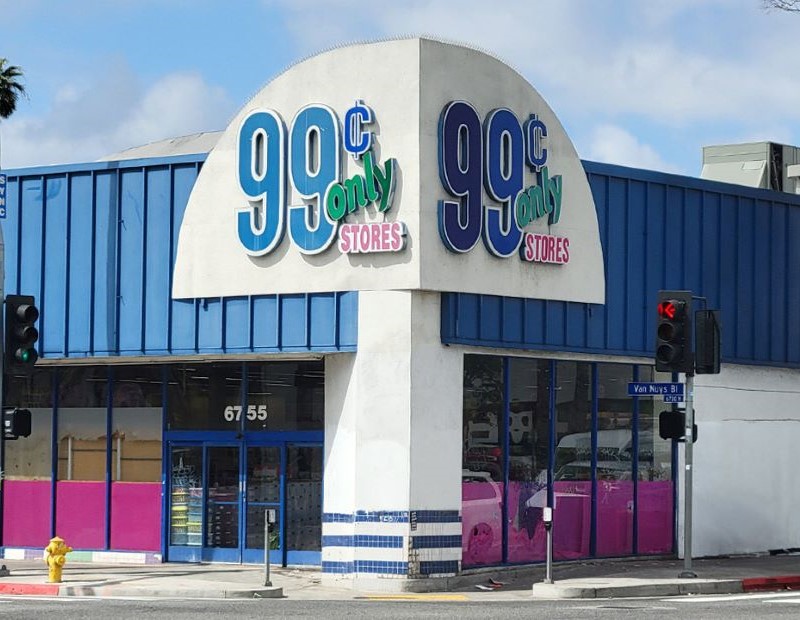
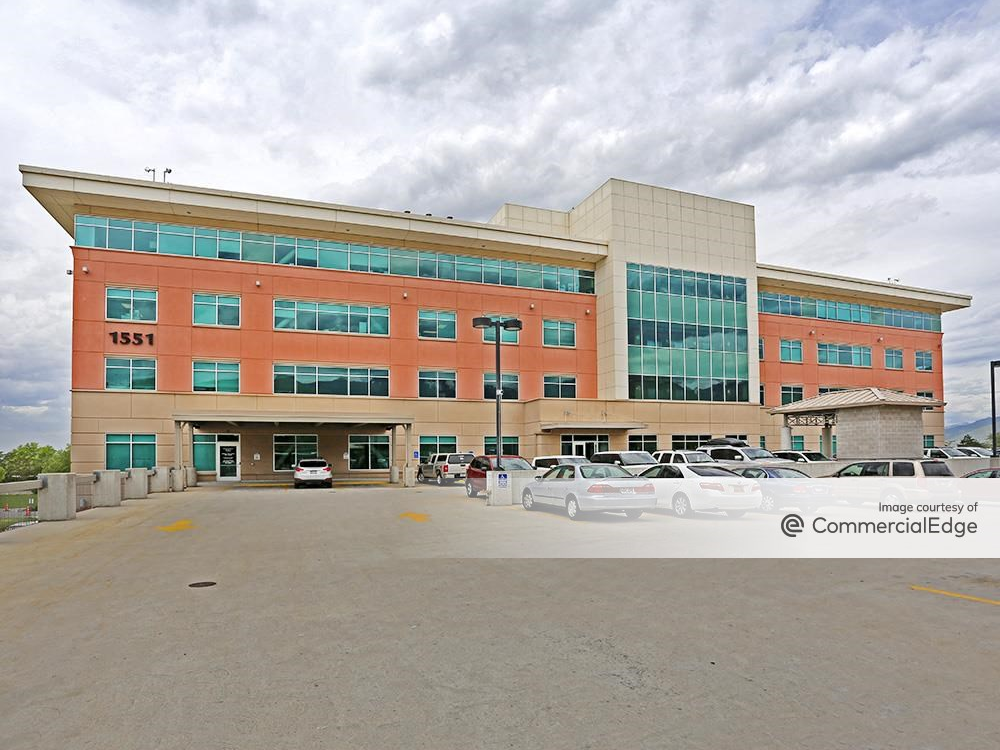
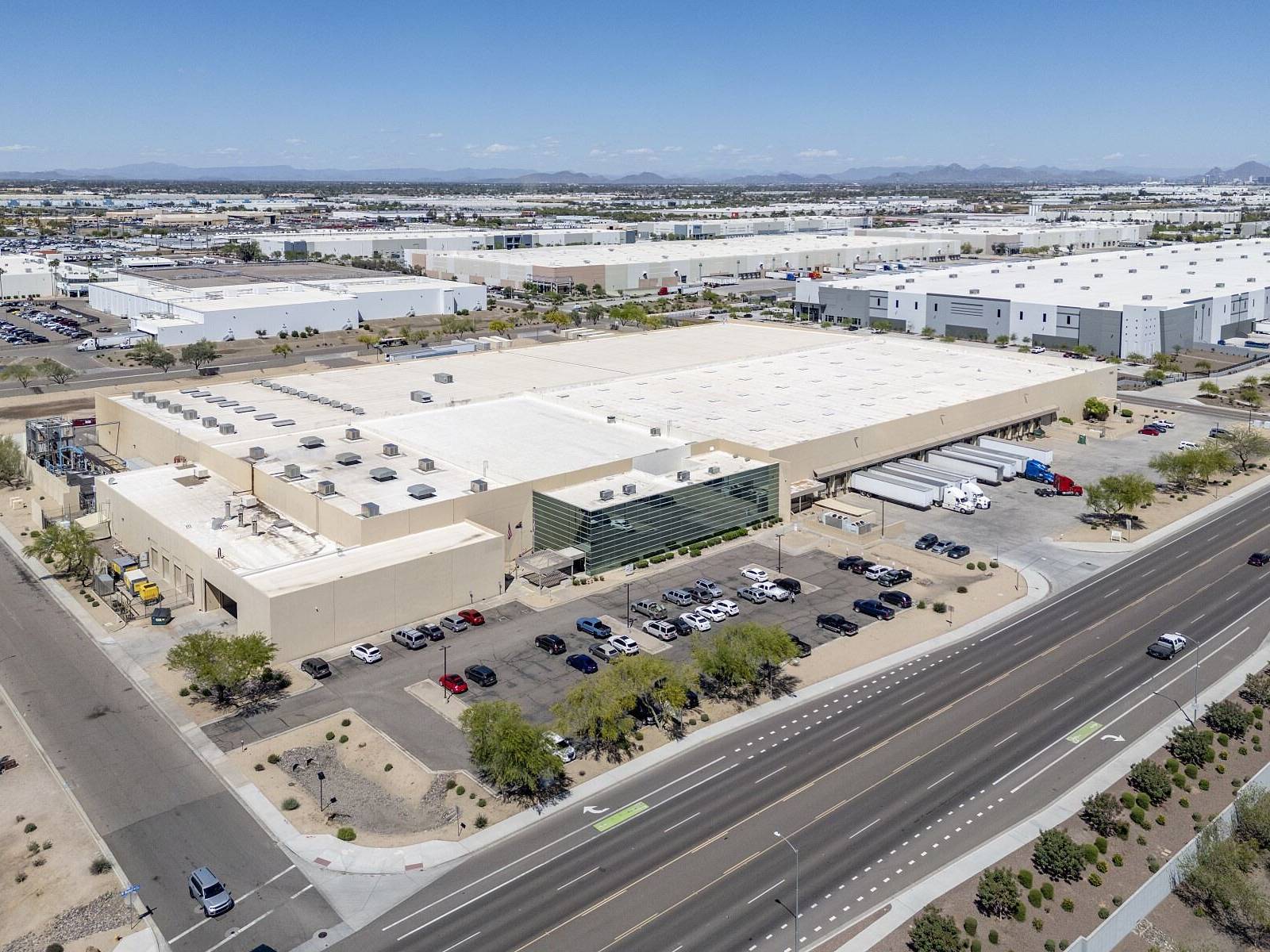
You must be logged in to post a comment.